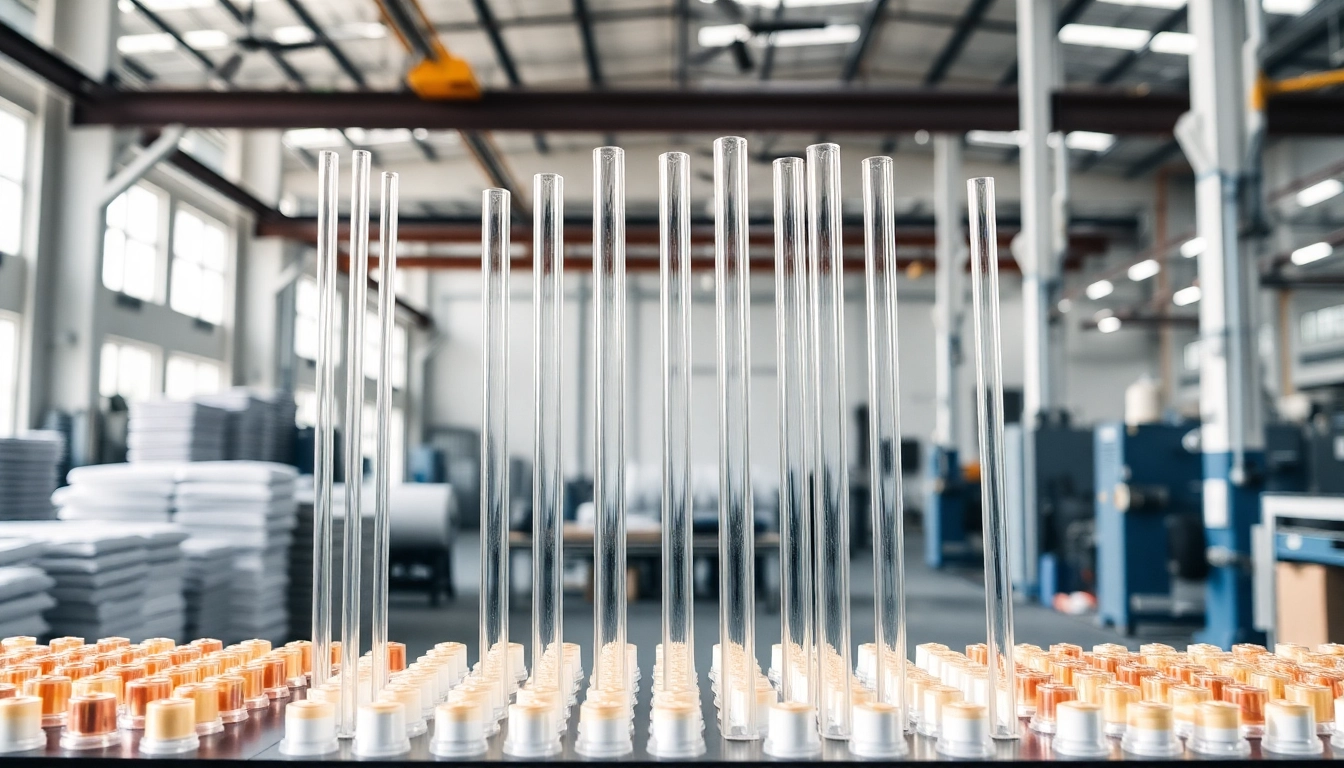Optimize Your Packaging with High-Quality Polietilen Sipeleri for Efficient Solutions
Introduction to Polyethylene Bottles and Their Industry Applications
Polyethylene bottles, commonly referred to as polietilen şişe, are among the most versatile packaging solutions used globally across various industries. Their increasing adoption stems from their excellent combination of durability, flexibility, cost-effectiveness, and safety. As a fundamental component in the packaging world, polyethylene bottles serve a wide array of applications ranging from household chemicals to food and beverage products, cosmetics, and industrial chemicals. Their widespread use underscores the importance of understanding their properties, manufacturing processes, environmental impacts, and strategic utilization in business operations.
Understanding the Material: Properties and Benefits of Polyethylene
Polyethylene (PE) is a polymer classified under thermoplastics, renowned for its exceptional physical and chemical properties. It is produced via polymerization of ethylene molecules, resulting in a lightweight and resilient plastic that can be easily molded into various forms, including bottles.
The key attributes that make polyethylene ideal for bottles include:
- High Chemical Resistance: PE resists acids, alkalis, and many organic solvents, making it suitable for chemical storage and cleaning products.
- Impact and Drop Resistance: Its toughness ensures bottles do not break or crack upon accidental drops, reducing packaging waste and hazards.
- Flexibility and Softness: PE bottles can be designed with squeezable features, enhancing user convenience for products like detergents and lotions.
- Barrier Properties: While not entirely impervious, PE provides reasonable protection against moisture and gases, aiding in preserving product integrity.
- Cost Efficiency and Scalability: PE is inexpensive to produce and process, supporting mass manufacturing for commercial needs.
Additionally, polyethylene’s non-toxic nature under standard conditions ensures safety for food contact applications, aligning with health regulations and consumer expectations.
Key Uses in Packaging, Industry, and Consumer Products
Polyethylene bottles are integral to packaging solutions across many sectors:
1. Chemical and Industrial Packaging
Their resistance to chemicals makes PE bottles preferred for storing cleaning agents, solvents, oils, and industrial chemicals. They are often used for large containers (such as 5L, 10L) and smaller bottles for consumer use.
2. Food and Beverage Industry
Food-grade polyethylene bottles, including PET variants, are common for water, soft drinks, edible oils, and condiments owing to their safety and transparency. Innovations include lightweight, reusable bottles catered to environmentally conscious consumers.
3. Cosmetics and Personal Care
PE bottles are extensively used for lotions, shampoos, and liquid soaps, offering durability and an appealing, customizable appearance through branding and labeling.
4. Medical and Pharmaceutical Applications
In medical settings, polyethylene bottles store disinfectants, sanitizers, and even medicines, benefiting from their resistance to sterilization processes and chemical stability.
Market Trends and Growth Opportunities for Polyethylene Bottles
The global market for polyethylene bottles is witnessing continuous growth driven by increasing demand for sustainable packaging, technological innovations, and expanding end-user industries. Shift toward lightweight, eco-friendly solutions encourages investments in biodegradable PE variants and recycling technologies, further broadening the opportunities within the industry.
Choosing the Right Polyethylene Bottle for Your Business Needs
Types and Sizes of Polyethylene Bottles Explained
Polyethylene bottles come in various types classified primarily by their density and manufacturing processes:
- HDPE (High-Density Polyethylene): Known for its rigidity, strength, and chemical resistance, ideal for detergents, milk, and oils.
- LDPE (Low-Density Polyethylene): More flexible and softer, suitable for squeeze bottles and flexible packaging.
- PET (Polyethylene Terephthalate): Transparent and sturdy, predominantly used for beverage bottles.
Sizes vary from small 100 ml cosmetic bottles to large 20-liter containers for industrial applications. Selection depends on volume requirements, handling needs, and regulatory standards.
Factors to Consider: Durability, Chemical Resistance, and Cost
When selecting a polyethylene bottle, consider:
- Durability: How well the bottle withstands impacts and environmental stresses.
- Chemical Compatibility: Ensuring the material resists degradation or leaching when in contact with intended contents.
- Cost and Recyclability: Balancing manufacturing expenses with long-term sustainability and branding opportunities.
Customizing Polyethylene Bottles for Branding and Functionality
Brand differentiation can be achieved through tailored packaging featuring specific shapes, colors, and labeling. Additionally, functional customization—such as built-in measures, dosing caps, or special neck finishes—can enhance user experience and product appeal.
Manufacturing and Supply Chain Best Practices
Quality Control and Material Standards in Production
Maintaining high-quality standards ensures product safety and customer satisfaction. This includes rigorous raw material testing, adherence to ISO standards, and implementing real-time inspection during manufacturing to eliminate defects.
Supply Chain Optimization for Timely Delivery
Efficient logistics involve strategic inventory management, reliable transportation partners, and demand forecasting. This minimizes delays and reduces costs associated with stockouts or surplus inventory.
Partnering with Reliable Suppliers for Long-Term Success
Establishing strong relationships with reputable suppliers guarantees consistent quality and supply stability. Transparent communication and compliance with standards foster mutual growth.
Environmental Impact and Recycling of Polyethylene Products
Recycling Processes and Environmental Benefits
Polyethylene is highly recyclable, supporting circular economy initiatives. Mechanical recycling involves melting and remolding used PE bottles into new products, reducing landfill waste and conserving resources. Advanced chemical recycling technologies are also being developed to handle contaminated or mixed plastics.
Innovations in Sustainable Packaging Solutions
Biodegradable PE blends and bio-based polyethylene are emerging to address environmental concerns without compromising performance. Innovations include incorporating oxo-degradable additives and developing mono-material packaging for easier recycling.
Compliance with Environmental Regulations and Certifications
Companies must adhere to regulations such as EU directives and US ASTM standards, alongside obtaining certifications like ISO 14001 to demonstrate environmental responsibility and sustainability commitments.
Case Studies and Real-World Applications of Polyethylene Bottles
Success Stories from Leading Brands
Major beverage companies have transitioned to lightweight PE bottles, significantly reducing shipping costs and carbon footprint. Similarly, cleaning product manufacturers have employed durable, resistant PE bottles to extend product shelf life and safety.
Implementation Strategies for Different Sectors
Strategic automation in manufacturing, innovative mold designs, and eco-friendly material choices enable sectors to meet evolving market demands efficiently.
Measuring Performance and Customer Satisfaction
Continuous feedback through quality checks, customer surveys, and environmental impact assessments help refine product design and supply chain practices, ensuring market competitiveness.

